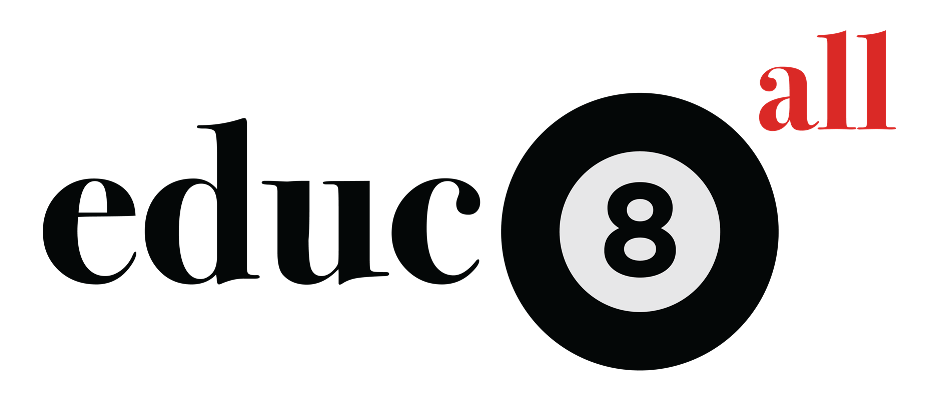When we explain the opportunities available to educators to grow their business on the educ8all platform, one of the areas that the conversation gravitates towards is the style of the videos they should create.
Before we answer the question directly, there are typically two caveats we give (covered in more detail here). Firstly, we are interested in content that aligns with the specification for an existing programme of study rather than general videos. Secondly, we want to maintain a good level of sound and picture quality and therefore have some standards by which we hope you will abide.
Once that is clear, we get to move on the fun part: the direct answer to the question is that educators get to decide as ultimately they will know best about pedagogical techniques. This means that we would prefer to give teachers the opportunity to be creative and innovative about the style of video they use.
Having said that, we think that there are at least five main types of video and we provide an overview of these below so you can determine which would suit you and your subject best.
- Classroom
This is where the course instructor faces the camera and expands on content presented on the whiteboard (or in some cases, writes content as they explain it). This is a familiar format to all as it emulates the experience of a lesson at school. Note that if you wish to upload videos in this format to educ8all, we would request that this is not a recording from a live school classroom environment as that not only diminishes the experience for the viewer but may also infringe upon the privacy of students in the classroom at the time of the recording.
- Talking head
This is where the course instructor faces the camera and presents content with no other props to illustrate the content. The visuals are typically zoomed in on the head and shoulders of the person speaking. To achieve the best results, one key factor here (as with the classroom format) is likely to be the lighting quality.
- Content & voiceover
This is where the visuals focus on actual content, mostly pre-prepared but sometimes semi-live. The most common type of visual in case would be slides although digital whiteboards are increasingly popular. To make sense of what is being shown on the screen, the tutor accompanies the visuals with a voiceover.
When we started, we made a proof of concept course for Economics which can be viewed below. Note that you may wish to vary your intonation more than the text-to-speech software did![/vc_column_text][vc_video link=”////www.youtube.com/watch?v=QW2MfxWesDI&list=PLa6QYYcy1i_EoiPssFbfytxYM43xksZAa”][vc_column_text]If you opt for this approach, you may wish to consider a talking head video for your course introduction video to show the face behind the name and voice.
- Animation / action
As technology becomes cheaper, it gets easier to create more sophisticated-looking videos such as those that use animation, green screen technology and so on. We are keen to encourage creativity and look forward to seeing the innovative ways in which tutors use such technology to bring greater value-add to students.
- Hybrid
Hybrid videos use a combination of the other styles mentioned above. An example of this might be a style which mixes the ‘Content & voiceover’ approach with the ‘Talking head’ approach to create a video which gives most of the screen space to slides but with a talking head to the side. Ultimately, you should use the format that best helps you to teach the material being covered rather than adopting all formats for the sake of it.
***
So with all this in mind, which style will you choose to use for your videos?
If you would like to learn more about these options then please arrange to speak to us by emailing us at info@.
